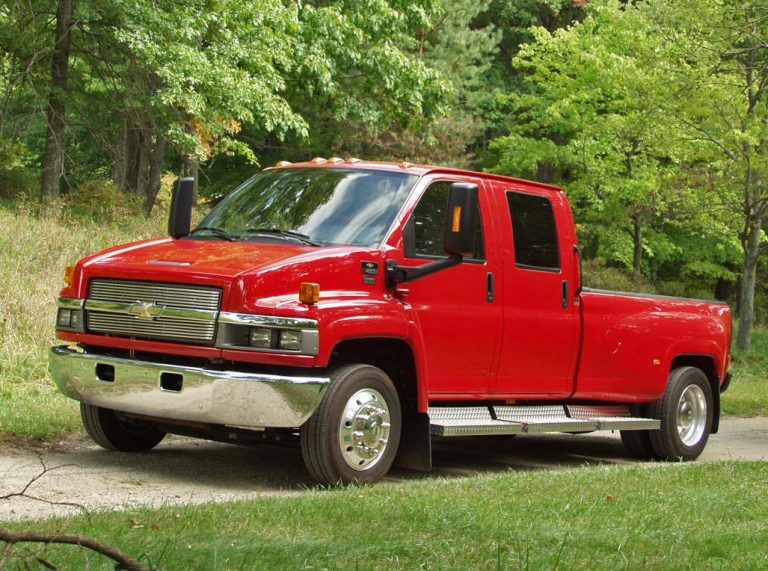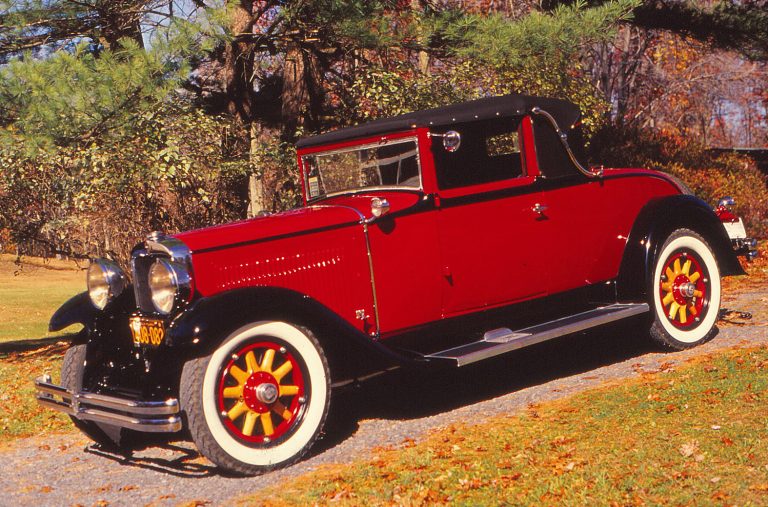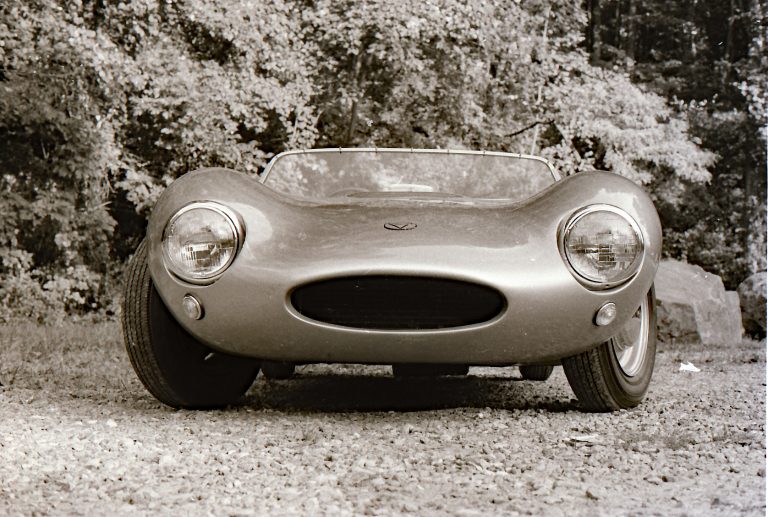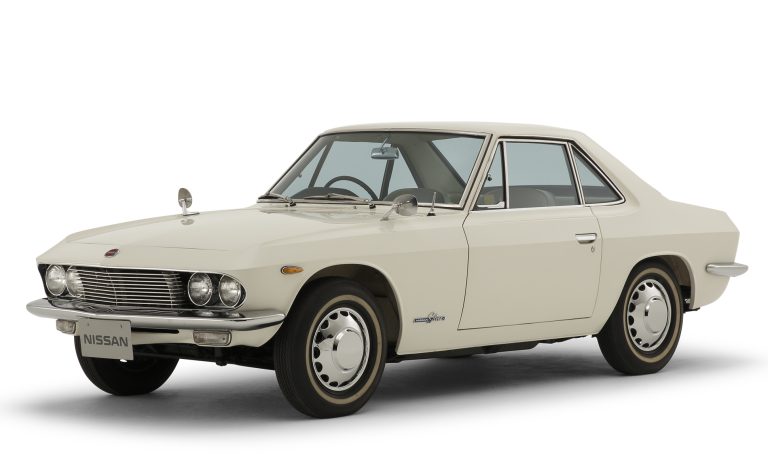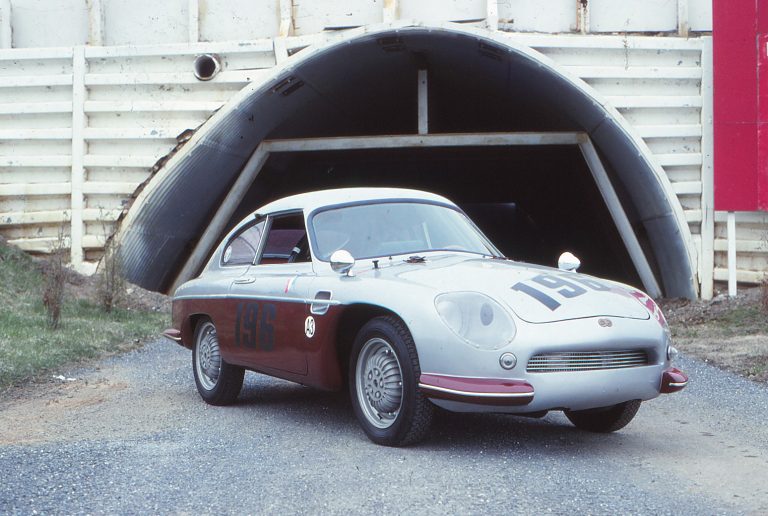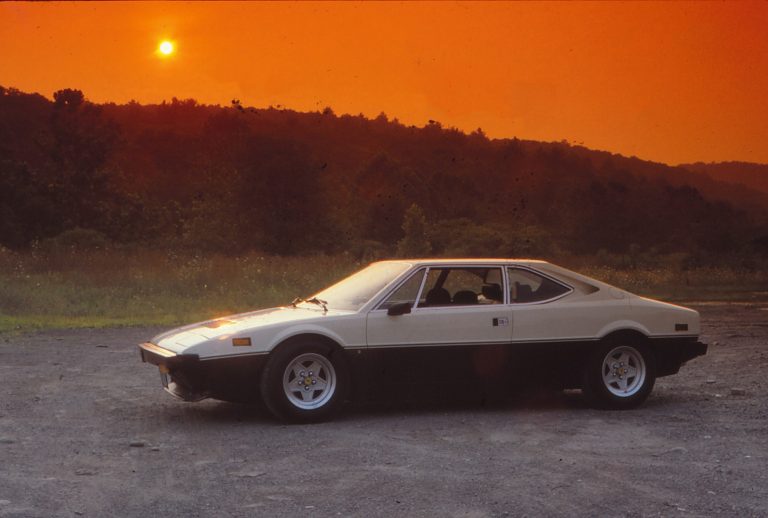“Collectorfile” originally published in AutoWeek June 17, 1991; republished by the author
What a year 1963 was for the Corvette: a new body style, including a never-before coupe version, a new frame, new front suspension, new independent rear suspension. It’s no wonder the St. Louis plant went on double shifts as sales topped 20,000 for the first time.
Not that it was perfect. The coupe’s vision-blocking split rear window went away in 1964 (thereby creating later windfall profits for ‘63 coupe owners). Disc brakes – both ‘63’s and ‘64’s relied on drum brakes inadequate for the ‘Vette’s horsepower – would have to wait until 1965. And build quality was shaky.
Still, the 1963 Corvette Sting Ray (a new name, too, for ‘63) made a clean break with the design hobbled by postwar sedan roots. The 1968 model year brought major changes, most notably the Mako Shark II show car-inspired body, and therefore 1963-67 is considered a single series, often called the “mid-year Corvettes.” Within that, the ‘63 and ‘64 model years are usually paired, identified by two horizontal indentations in the front fenders. The ‘65 and ‘66 model years had two vertical vents, while the ‘67 had five.
Other than disc brakes in ‘65, the biggest difference between model years was engine availability. The basic engine was Chevrolet’s 327-cid V8 (250 bhp gross and 1963, up to 300 by 1967), the famous fuel-injected 327 an option only through 1965, superseded by the big block 396. Therefore, ‘65 was the only year for the desirable combo of disc brakes and fuel injection. The hood for 396-equipped cars had a distinctive power bulge, as did the two 427s (390 hp and 425 hp) that replaced it in 1966.
Side-mounted exhaust first was available on ‘65s, one of many options in the smorgasbord at Chez Corvette, including a three speed automatic transmission and several four-speeds. (A 3-speed manual was standard, though close to 90 percent of this generation of Corvette came with a four-speed, with most of the rest equipped with automatics). Other options included a variety of items from limited-slip differential and genuine knock-off wheels to power brakes, steering and windows, leather seats and, in 1965, a teakwood steering wheel.
The 1967 was a car that wasn’t supposed to be but a last-minute decision delayed the introduction of the new model until 1968. The hurry-up job to ready the ‘67 made it probably the best of the 1963-67 Corvette series, devoid of excess trim. The 427-equipped cars got a new hood bulge and three “normal” versions of the big engine were rated at 390, 400 and 435 hp.
Rare and special is the radio-and-radio-delete L 88, a race-ready 427 rated at 430 hp but probably producing about 500. There were 216 made from ’67 through ’69, but only 20 in the first year.
Another rare option for 1967 were the aluminum bolt-on wheels, necessary after the government had banned wheel spinners, and hence knock-off wheels, apparently from seeing the movie Ben Hur.
Corvettes are afflicted with the “matching number syndrome” and anyone considering buying a mid-year car for which matching numbers claims are made should educate himself, or find someone who knows, about what numbers go with what year.
“Everything in the car is dated,” explains Gary Mortimer, a founder of the National Corvette Restorers Society. “Even the glass is dated. The closer you can get to the original, the more the car is worth.”
Because many Corvettes have been changed to more viable specifications, Mortimer advises potential owners to obtain an appropriate specifications guide or judging book to evaluate a car. “There are a lot of little nuances that differentiate a genuine car from a counterfeit,” Mortimer says. Documentation can also verify a car’s legitimacy.
The overall quality of a purchase candidate can be evaluated with the judging book as well. “Frames do rust,” says Mortimer. “The fiberglass body, though rest proof itself, can hide a frame so corroded that it isn’t even safe to drive.”
Corvette collector Carl Strohm suggests checking the rear axle and rear bearing assembly for wear and disc brake calipers for corrosion. Stainless steel-sleeved calipers, if not installed, will cost about $700 for a complete brake job. Be careful, too, says Strohm, of the basketcase. Though the price may be lower and parts are available, the fixer-upper can nickel-and-dime you.
Strohm says not to overlook the 300-hp 327 Corvettes, which are generally easier to live with than the fuel-injected and big-block cars, which are now worth so much that you don’t want them to leave the garage. The lower-horse cars can be just as much fun.
Addendum: From the if I only knew then file, the pricing data we published with the article said a “85-90-point” car, $25,000 and up, a ’63 coupe (base engine) going for $38,000-42,000, while a ’67 427/390 (w/a.c.) would likely be priced about $40,000. Of course, that was more than 30 years ago.








